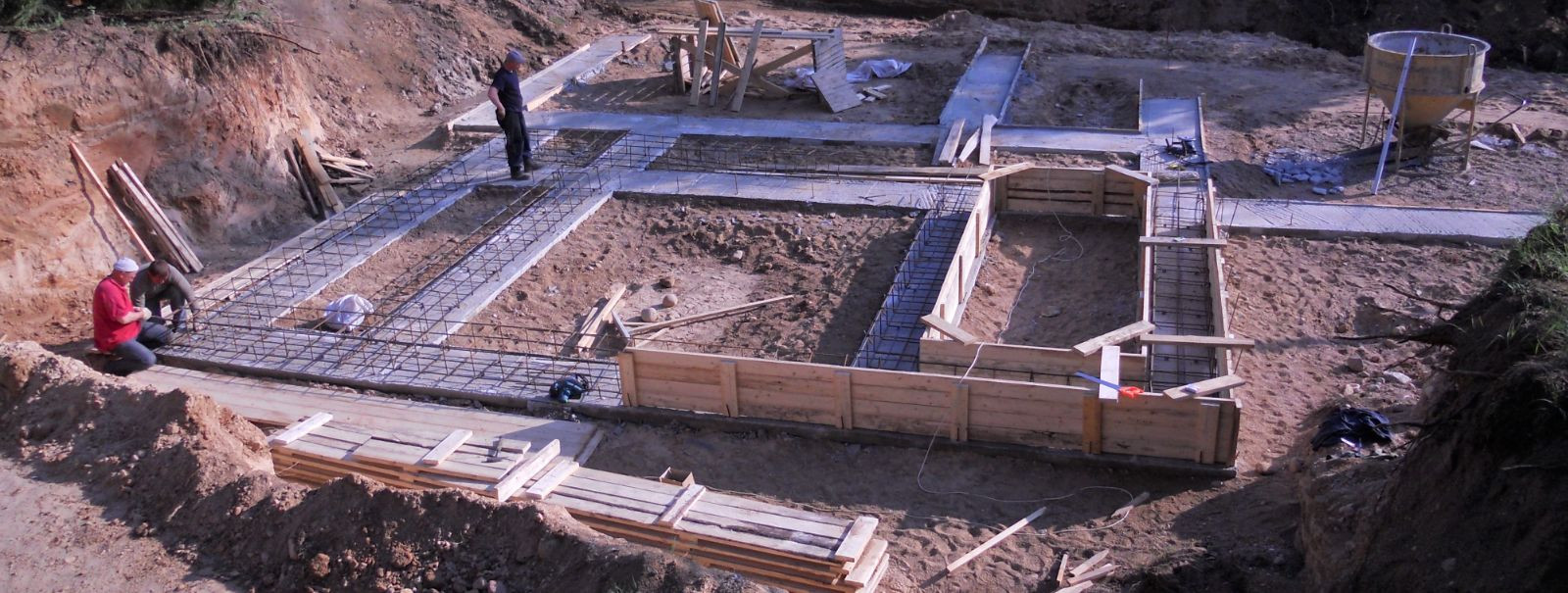The ultimate guide to preparing your home's foundation
A home's foundation is the bedrock upon which the entire structure rests. It's crucial for ensuring the stability, safety, and longevity of your home. A well-prepared foundation can prevent a multitude of structural problems, such as cracking, shifting, and water damage, which can be costly to repair.
There are several types of foundations, including slab-on-grade, crawl space, and basement foundations. Each type has its own set of preparation steps and considerations, which are influenced by the local climate, soil conditions, and the design of the home.
Initial Considerations Before Foundation Work Begins
Before any work can begin, it's essential to assess the site for any potential challenges. This includes evaluating the topography, accessibility for construction equipment, and proximity to utilities.
Soil testing is a critical step in foundation preparation. A geotechnical report will provide detailed information about the soil composition and bearing capacity, which will influence the foundation design.
Obtaining the correct permits and approvals is a legal requirement and ensures that your foundation work complies with local building codes and regulations.
Steps in Preparing Your Home's Foundation
The first physical step in preparing your home's foundation is clearing the site of vegetation, rocks, and debris. This creates a clean workspace and helps prevent future foundation issues.
Excavation involves removing soil to the appropriate depth for your foundation type, while grading ensures a level base and proper drainage around the foundation.
Footings are an integral part of the foundation, providing support for the walls and distributing the weight of the home evenly across the ground. They must be placed below the frost line to prevent shifting during freeze-thaw cycles.
Once the footings are set, the foundation can be poured. This process requires precision and should be done by experienced professionals to ensure a level and strong foundation.
Waterproofing your foundation is essential to prevent moisture intrusion, which can lead to mold, mildew, and structural damage. Proper drainage solutions, such as weeping tiles and sump pumps, are also critical to manage water around the foundation.
After the foundation has been poured, it needs time to cure properly. During this period, it should be regularly inspected to ensure there are no issues that could affect its integrity.
Best Practices for Foundation Preparation
Selecting high-quality materials for your foundation is vital for its durability. This includes the concrete mix, reinforcement materials, and waterproofing systems.
Professional contractors have the expertise and equipment necessary to prepare your foundation correctly. They can also help navigate the permitting process and ensure that all work is up to code.
Effective communication with your construction team is key to a successful foundation project. Regular updates and discussions can help identify and resolve issues quickly.
Advanced Foundation Preparation Techniques
Advancements in construction technology, such as 3D modeling and GPS-guided equipment, can improve the accuracy and efficiency of foundation preparation.
New materials and methods, such as insulated concrete forms and helical piers, offer improved performance and can be tailored to specific site conditions and design requirements.






Comments (0)